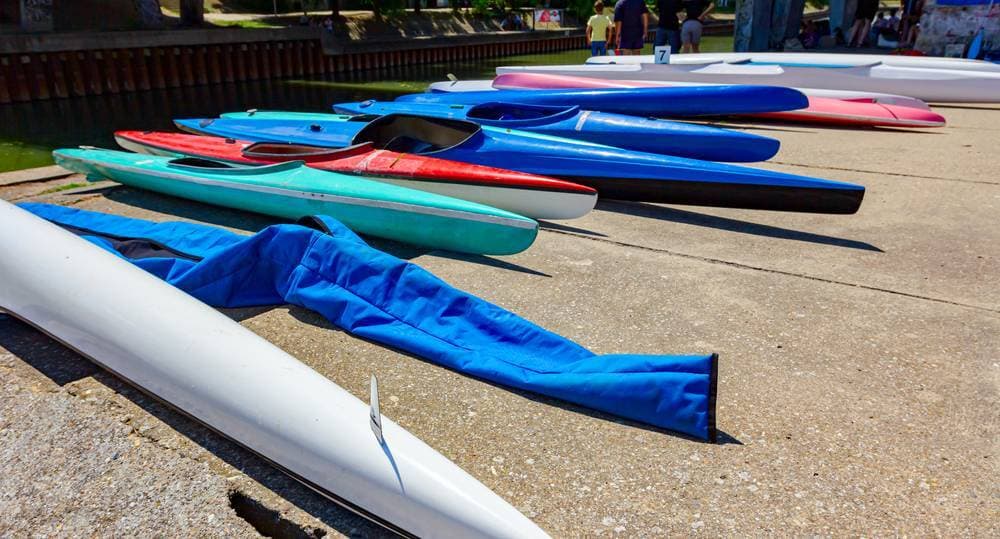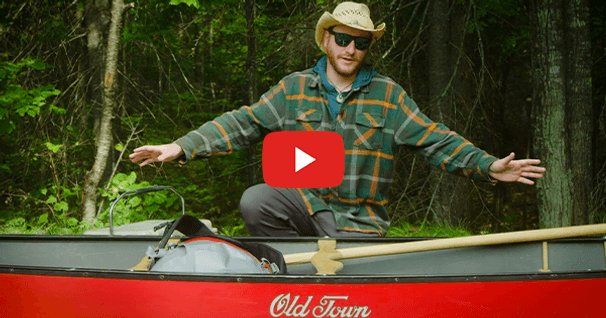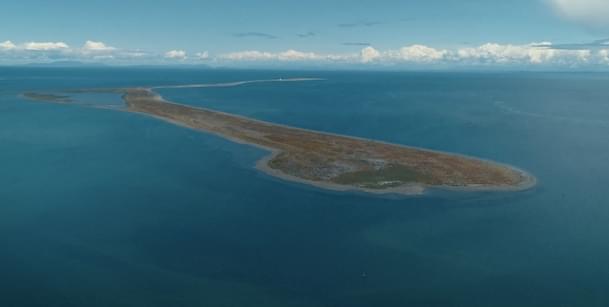Tips To Help Help Your Paddling Vessel Last Longer

Kayaks, canoes, and stand-up paddle boards are all fantastic vessels for exploring above the water with a paddle. These boats and boards, however, also cost quite a bit of money. The good news is if these vessels are properly cared for they can last years, generations, and even several lifetimes in some cases. If you have one or more paddling vessels it is important you know all the ways you can help keep your board or boat in great condition so it lasts as long as possible.
To get the longest lifespan out of your paddling vessel, store it in a cool dry place. Keep it out of the direct sun, and remember to keep it covered when it is not in use. Perform regular maintenance on your board or boat, and remember to wash it with fresh water after each use. Be extra careful when launching your vessel and removing it from the water.
Paddle boards, kayaks, and canoes are certainly costly. Even affordable options tend to cost several hundred dollars. So regardless if you purchased a budget inflatable SUP board or a world-class racing kayak, you want to ensure you are getting the most extended lifespan possible out of this floating vessel. Below are some of the best ways to help ensure your kayak, canoe, or paddle board lasts as long as it possibly can.
8 Ways To Help Get The Most Time Out Of Your Paddling Vessel
1. Keep It In A Cool Dry Place
When you are trying to get the longest life possible out of your kayak, canoe, or SUP board the most important aspect of care you should focus on is proper storage. There are several aspects to consider when considering the best way to store your paddling vessel, the most important of which is where you store it.
Everyone has different storage capacities, but the goal should always be to store your vessel in a cool and dry place when it is not in use. This is particularly important for those who store boards and boats for long stretches of winter or summer. The ideal conditions for most materials are around room temperature, and in conditions that don’t constantly fluctuate. Climate-controlled rooms are ideal, as they reduce humidity and weather fluctuations.
Remember that extreme temperatures and frequently changing temperatures (especially extreme changes) can cause some materials to expand and contract, which causes cracking and warping over time.
2. Protect It From The Sun
Regardless of the material your board or boat is made of, the odds are the sun and its damaging UV rays will damage it over time. Any manmade materials tend to suffer a great deal from sun damage, and even wood and wood finish will break down due to the sun’s harmful rays.
Even if you have limited storage options, you should make it a priority to keep your vessel out of the direct rays of the sun. Make sure if you build a shade screen it provides ample UV protection because even if you block direct sunlight, some harmful rays can sneak through, which will cause damage over time. If you completely protect your paddling vessel from harmful sunlight when it is not in use, then you will help maximize its lifespan.
3. Be Careful Bringing It In And Out Of The Water
One reason paddle boards, kayaks, and canoes meet an early expiration is due to careless and unnecessary accidents. In most cases, your kayak, canoe, and SUP board is most vulnerable when you are launching it and taking it out of the water. This is especially true when you are launching your kayak in rocky terrain or in choppy conditions.
You cannot control your surroundings or the weather, but you can control the patience and care that you take when launching and removing your vessel from the water. Boards can get scratched, dinged, dented, and punctured due to sloppy handling in these crucial few moments. So make sure you communicate effectively at these times with your paddling partner if you are with someone else. If you are paddling alone just remember that patience and timing are key. If you are paddling into shore, scope out the area first to make sure you choose the least rocky spot with a predictable and navigable current.
Taking a little bit of extra time when you put your vessel in the water and take it out can help keep it performing at its best for much longer than if you are careless during these moments.
4. Choose Your Materials Wisely
The longevity of your board is usually highly reliant on what materials it is made of. Naturally, an inflatable SUP board won’t last nearly as long as a solid wood canoe. It should also come as no surprise that the more durable materials like solid wood, aluminum, polyurethane, and other high-tech manmade material boards and vessels can also be very expensive.
Take the time to factor in the lifespan of a board into the pricetag. While a certain paddling vessel might appear very expensive, it might last two or three times longer than the cheaper board or boat you have your eye on. So when selecting a board you want to last, make sure you are mindful of the materials it is made of.
5. Perform Regular Maintenance
Just like with an automobile, a paddling vessel requires regular maintenance and repairs to ensure that it is operating at its best and lasts the longest amount of time possible. Each type of boat and material requires different upkeep. The key is knowing what is required and performing this maintenance regularly.
One important maintenance factor that is universal is replacing damaged parts quickly. Small problems can turn into larger ones. This is particularly true with surface damage, small leaks, and rust. Make sure you maintain and repair your vessel in a timely and proactive fashion to help your kayak, canoe, or SUP board last as long as possible.
6. Wash Thoroughly After Each Use
Water, especially salt water, can wreak havoc on your paddling vessel. It can cause rust, mold, and other forms of decay, which left untreated can destroy your boat or board very quickly.
Because of the dangers of salt water and lingering moisture, it is critical you properly wash and dry your paddling vessel after each use.
In some cases, there might be a wax or protectant that you should apply after washing and drying the vessel. This is always a good idea when indicated by the manufacturer, especially if you plan to put the board or boat in storage for a while.
7. Be A Responsible And Cautious Paddler
You should not only be cautious when launching and removing your kayak from the water but always. There are lots of dangers underneath the surface of the water that can ruin your paddling vessel. Take your time before you venture out somewhere new to inspect the area, look at maps, and ask locals about the known dangers in the area.
Proper planning and precautions will minimize your safety risks when paddling, and decrease the likelihood of an accident that can damage your board and decrease its lifespan.
8. Keep The Vessel Covered When It Is Not In Use
No matter where you store your board, it is always a good idea to cover it with a quality covering before storing it. This is particularly true when you store a board or boat for long periods of time. Even when you keep a board in a cool dry place away from the sun, there are still other elements that can get to it. Dust, pests, and leaks are all possibilities when you put a large vessel in storage. A quality cover that is boat-breathable and water-resistant is a great way to have an extra level of protection on your paddling vessel. This way when you take it out of storage, it will require very little cleaning, and you can rest easy knowing it is well-preserved.
Four Factors That Impact How Long A Paddling Vessel Will Last
1. Frequency Of Use
One major factor that impacts how long a kayak, canoe, or SUP board will last is how often you use it. The more you use your paddling vessel, the more wear and tear it is likely to endure. The more you use it the more it increases the likelihood of accidents, dings, and scrapes that can cut down on the lifespan of your paddle craft.
2. Materials Used To Make The Kayak
Paddling vessels come in a myriad of different materials, and time does not treat them all equally. Inflatable paddle boards made of one layer of PVC, for example, are not likely to last even a fraction as long as a solid wood canoe, or an aluminum one. There are also different levels of quality within the materials themselves, and the quality of the materials can make a sizable impact on how long your paddling vessel will last.
3. Manufacturing And Brand Quality
In addition to the materials used to make your paddling vessel, the company that puts the craft together can impact how long it will last. Some brands use quality parts and craftsmanship that are designed to last one or several lifetimes. Some even guarantee their work to last for years and years. Others, however, use cheaper parts and lower quality work in order to provide a lower price, and in turn an inferior product.
4. Level Of Upkeep And Maintenance
As mentioned above, proper upkeep and maintenance of your paddling vessel is essential to ensure it lasts as long as possible. In turn, a lack of maintenance, or anything less than proper upkeep will subject your pleasure craft to a shorter lifespan.
5. How You Store Your Paddling Vessel
Storage can have the most significant impact on how long your paddling vessel lasts. You need to make sure you factor in temperature, climate, sun exposure, and a quality cover for the vessel. Failure to ensure the vessel is protected from all possible damaging variables can result in damage and a decreased lifespan of the kayak, canoe, or SUP board.
Check out our kayak storage buyer’s guide for some great vessel storage ideas.
Final Thoughts on How To Help Your Paddling Vessel Last Longer
If you want your kayak, canoe, or SUP board to last as long as possible then there are certain things within your control you can do to ensure you get the longest lifespan possible out of your chosen vessel. First, focus on properly storing the vessel. Make sure it is kept in a cool dry place without much temperature fluctuation or moisture. Ensure it is protected from the sun's harmful rays. It is also a good idea to cover it when it is not in use. Be extra careful when paddling, especially when launching and bringing the board in on shore. Make sure you wash and dry it thoroughly after each use, and perform regular maintenance and repairs to prolong its lifespan.
Related Articles
If you recently started the search for a new kayak then you know there are a lot of factors to…
Walker from Old Town shares a quick tip on how to pack a balanced canoe to help ensure better tracking…
Dungeness Spit from above, with the New Dungeness Lighthouse in the distance Dungeness…
So you took a lesson, tried a rental, or borrowed a friend’s paddle board and are considering buying one…



